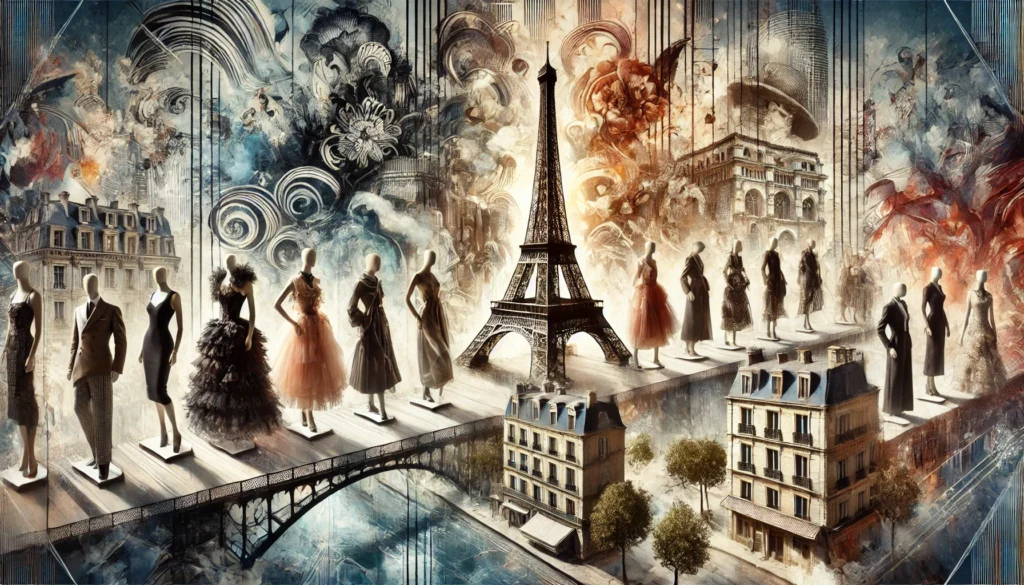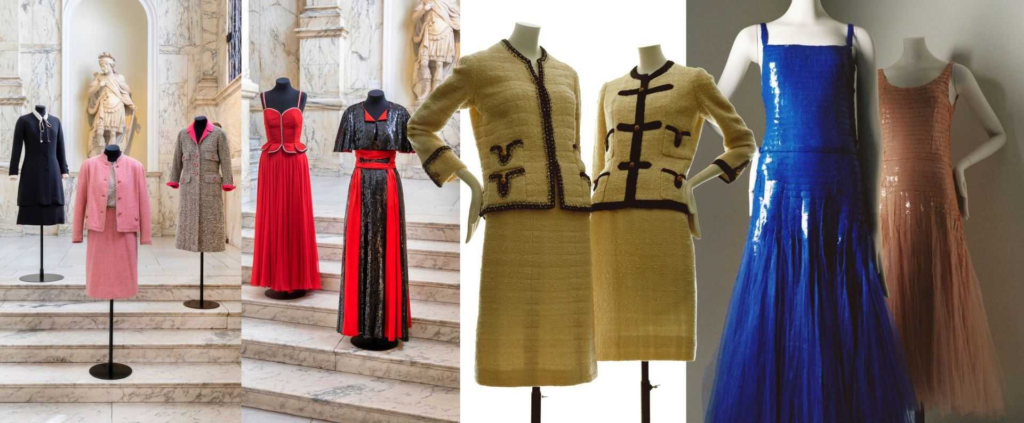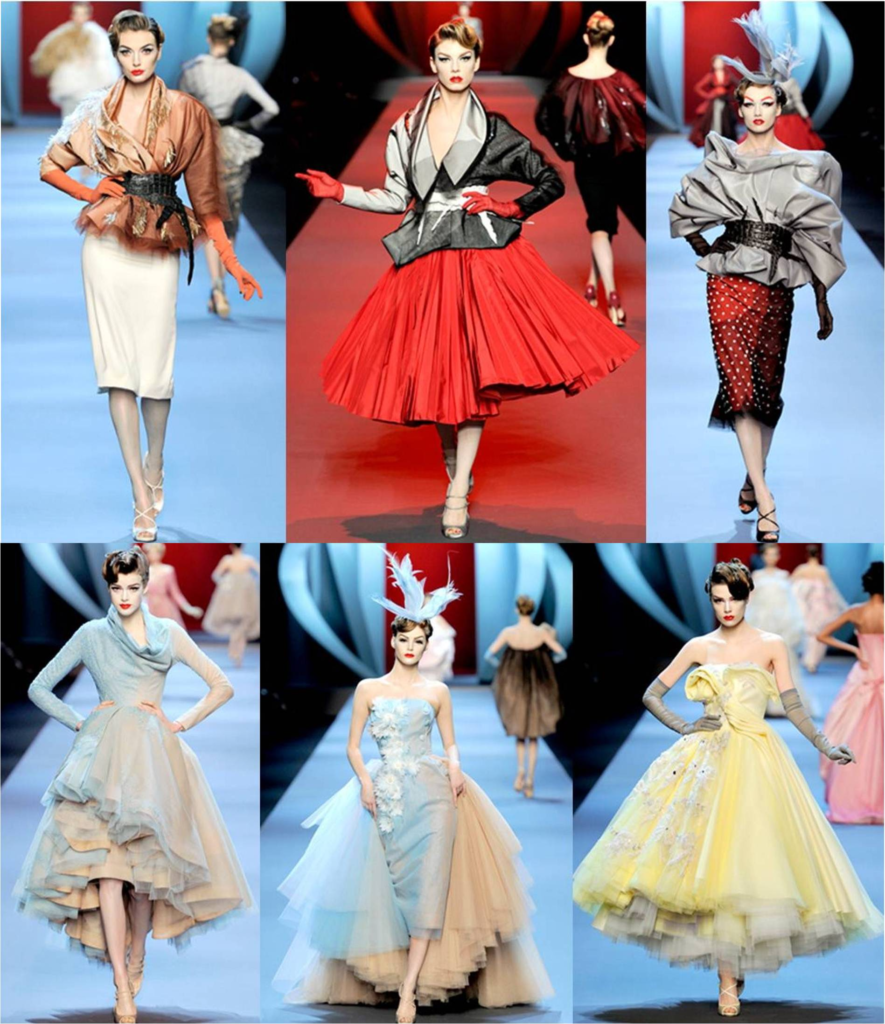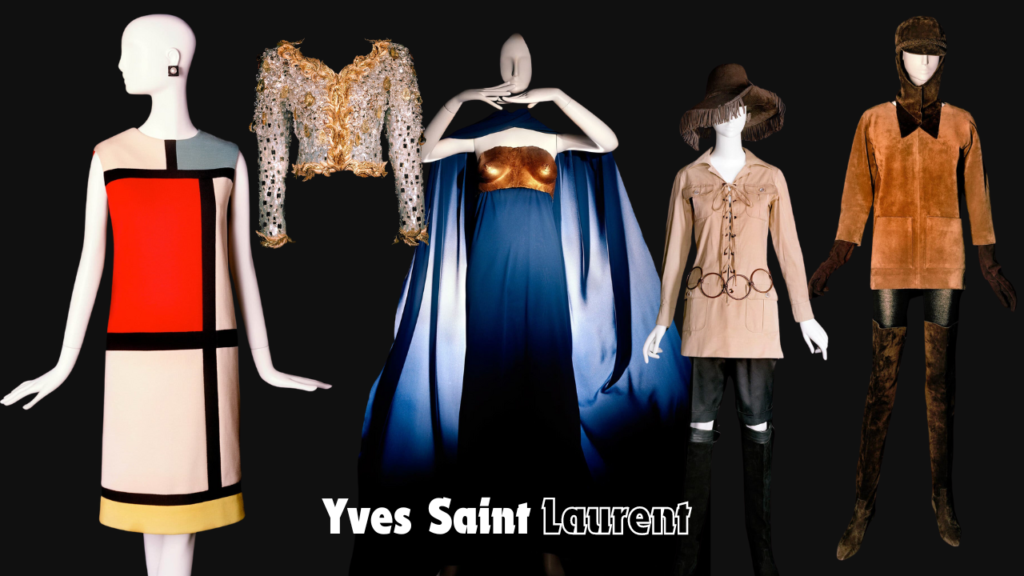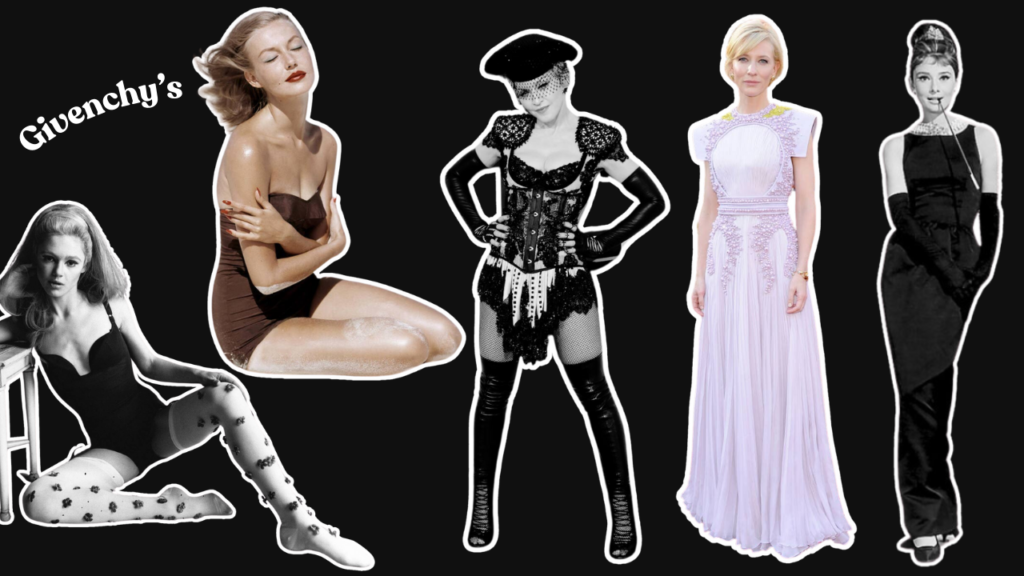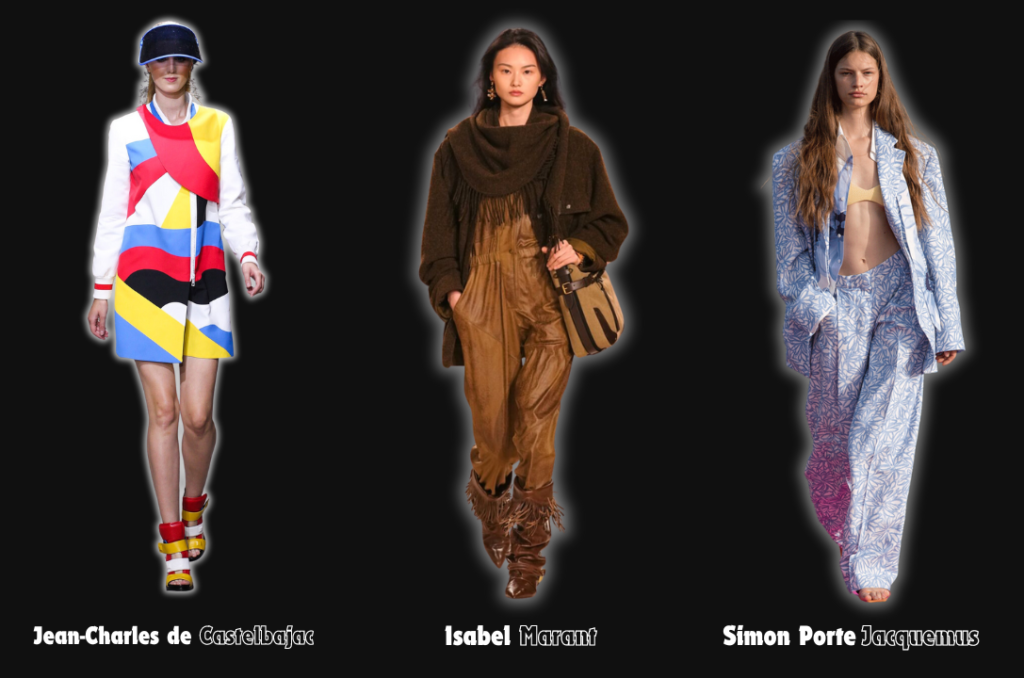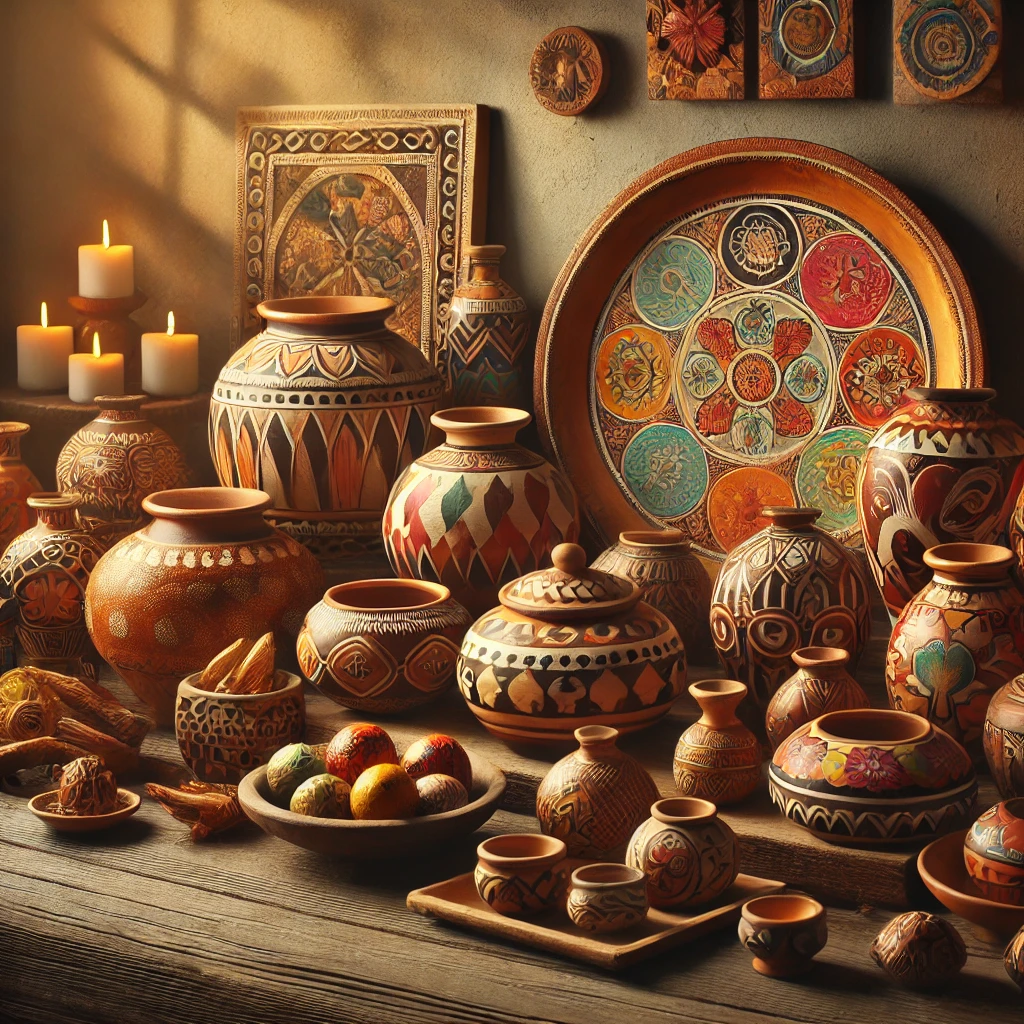Table of Contents
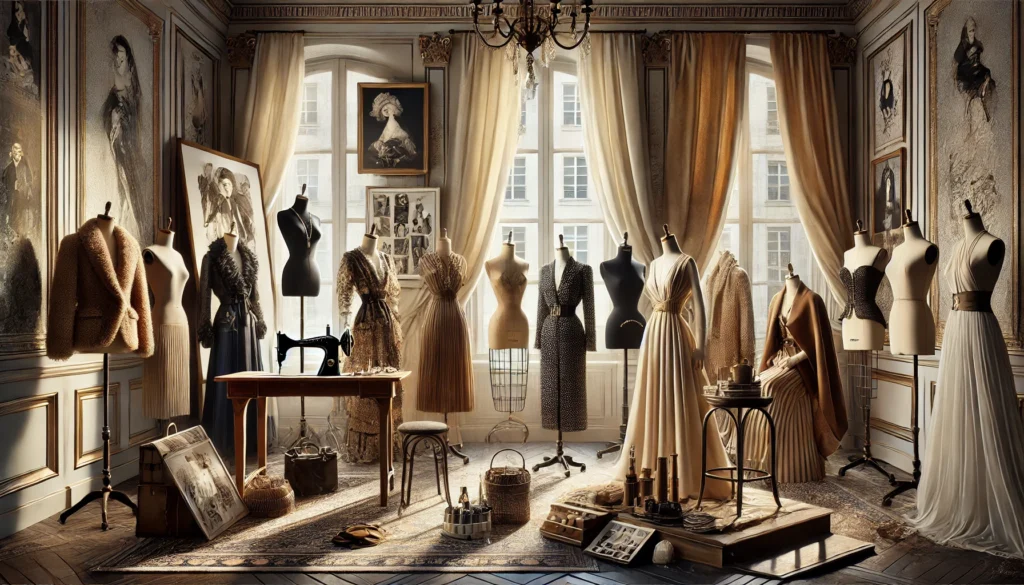
Introduction to French Fashion
French fashion history is woven with elegance, innovation, and a certain je ne sais quoi that has set it apart for centuries. Beginning as early as the 17th century, France emerged as a pivotal player in the fashion scene under the rule of Louis XIV, also known as the Sun King, who established France as the global arbiter of style and sophistication. The French court, with its elaborate attire, became a symbol of opulence and luxury, setting trends that reverberated throughout Europe.
As time progressed, the 19th century heralded the birth of haute couture, with designers like Charles Frederick Worth, regarded by many as the father of haute couture. His innovative approach to design, custom-tailored for each client, marked the beginning of what we now recognize as high fashion. The legacy continued into the 20th century, with iconic figures like Coco Chanel, who revolutionized women’s fashion by introducing more functional, yet stylish, attire. Her contributions epitomized the blend of simplicity and elegance that French fashion is renowned for.
France’s influence extends well beyond its borders, establishing Paris as the fashion capital of the world. The city hosts iconic events such as Paris Fashion Week, where designers, models, and fashion enthusiasts converge to witness the unveiling of groundbreaking collections. French fashion houses like Dior, Givenchy, and Yves Saint Laurent have further cemented this status by continuously pushing the boundaries of creativity and craftsmanship.
The unique characteristics of French fashion lie in its enduring ability to marry tradition with innovation. This balance of maintaining classic elegance while embracing modernity has allowed French designers to stay at the forefront of the global fashion industry. The country’s rich history, commitment to quality, and flair for the avant-garde make French fashion an everlasting source of inspiration worldwide. As we delve deeper into the world of these iconic French designers, it becomes evident why France remains an indispensable beacon in the realm of fashion.
Coco Chanel: The Pioneer of Modern Fashion
Coco Chanel remains one of the most influential figures in the world of fashion, renowned for revolutionizing women’s wear in the 20th century. Her pioneering contributions redefined traditional norms and carved a niche that transcended generations. One of Chanel’s most notable innovations was the introduction of the little black dress in the 1920s. This iconic piece was designed to be versatile, elegant, and accessible to women of all social strata, effectively democratizing fashion and presenting a stark contrast to the opulent dresses of previous decades.
Moreover, Chanel’s launch of Chanel No. 5 in 1921 marked a significant milestone in the fragrance industry. This perfume broke convencional formulas, offering a complex and unique scent that quickly became a global sensation. Chanel No. 5 was more than just a fragrance; it was a statement of sophistication and modernity, embodying the spirit of the modern woman.
Another groundbreaking achievement of Chanel was her innovative use of jersey fabric in women’s fashion. Previously, this material was primarily reserved for men’s underwear, but Chanel saw its potential for creating comfortable, stylish, and practical garments for women. The use of jersey allowed her to design flexible and functional outfits that were perfectly aligned with the evolving lifestyles of women who were increasingly active and independent. These creations were not only stylish but also liberating, granting women more freedom of movement and challenging the restrictive clothing of the past.
Chanel’s impact extended far beyond her individual creations. She was a pivotal figure in the women’s liberation movement, promoting a vision of women who were confident, independent, and unencumbered by societal expectations. Her designs broke away from the constraints of traditional femininity, paving the way for modern fashion and offering women a new form of expression.
Today, the legacy of Coco Chanel endures through the timeless relevance of her designs. Chanel’s visionary approach laid the foundations for modern fashion, establishing principles of simplicity, elegance, and practicality that continue to inspire designers and shape the fashion industry. Through her profound contributions, Coco Chanel transformed fashion into a platform for innovation, empowerment, and enduring style.
Christian Dior: The New Look Revolution
Christian Dior emerged as a beacon of innovation in the late 1940s, when the world was still recovering from the desolation of World War II. In 1947, with the launch of his revolutionary ‘New Look’ collection, Dior dramatically redefined the contours of femininity and opulence in fashion. This collection introduced exaggerated, sensuous silhouettes that celebrated the female form with nipped-in waists, voluminous skirts, and lavish use of fabrics. The ‘New Look’ stood in stark contrast to the utilitarian styles that had dominated the war years, creating a renaissance in French haute couture that resonated across the global fashion landscape.
Dior’s ‘New Look’ was not merely a fashion statement; it was a cultural reset that restored Paris as the fashion capital of the world. The collection’s unabashed elegance and glamour were a form of escapism and hope, symbolizing prosperity and a return to normalcy. Women around the globe were enchanted by the opulent designs, which embodied both luxury and a revived sense of femininity. Dior’s meticulous craftsmanship and eye for detail reintroduced lush materials like silk and tulle, while his designs featured intricate appliqués and embroidery, thereby rekindling the desire for haute couture.
Beyond its immediate impact, the ‘New Look’ has left a lasting legacy in fashion. Even today, Dior’s influence persists, seen in modern takes on the cinched waist and full skirt that grace runways and red carpets alike. This ensures that the principles of opulence and craftsmanship remain integral to contemporary fashion design. By challenging and exceeding the expectations of his era, Christian Dior not only revitalized French haute couture but also laid down a timeless foundation for future generations of designers, securing his status as an icon in the fashion world.
Yves Saint Laurent: The Master of Diversity and Innovation
Yves Saint Laurent is celebrated as a groundbreaking visionary within the fashion industry, renowned for his remarkable ability to marry tradition with innovation. One of his most significant contributions to fashion was the introduction of the tuxedo suit for women, famously known as “Le Smoking,” in 1966. This revolutionary creation challenged gender norms, offering women an empowering alternative to traditional evening dresses. The sleek, tailored silhouette of Le Smoking highlighted Saint Laurent’s impeccable craftsmanship and his understanding of the evolving role of women in society.
Equally noteworthy are Yves Saint Laurent’s ethnic-inspired collections, which drew inspiration from various cultures around the globe. His Spring 1967 “African Collection” epitomizes this fascination, featuring vibrant garments that celebrated the rich textures, patterns, and colors of African artistry. This collection was an ode to cultural diversity and demonstrated his belief in the universality of beauty. Similarly, his Russian and Spanish-themed collections showcased his dedication to exploring and honoring different cultural heritages.
Saint Laurent’s innovative spirit extended beyond mere aesthetics. His work was a constant push against the boundaries of conventional fashion, fostering inclusivity and setting new standards for what fashion could represent. He was one of the first to hire models of color, a decision that significantly impacted the portrayal of diversity on the runway. This inclusivity not only broadened the scope of fashion representation but also paved the way for future designers to integrate diversity organically into their brands.
Moreover, Yves Saint Laurent’s readiness to adapt and innovate allowed him to remain relevant through decades of changing fashion trends. Whether through his pioneering ready-to-wear line “Rive Gauche” launched in 1966, which made high fashion more accessible, or his introduction of haute couture collections that redefined elegance, his influence remains omnipresent in the fashion industry.
Yves Saint Laurent’s legacy as a master of diversity and innovation continues to inspire designers and fashion enthusiasts worldwide. His work is a testament to the power of creativity and inclusivity, reaffirming the role of fashion as a dynamic, evolving art form.
Givenchy: The Embodiment of Elegance
Hubert de Givenchy stands as a luminous figure in the fashion industry, renowned for his impeccable architectural approach to design and unwavering commitment to elegance. The relationship between Givenchy and the iconic Audrey Hepburn epitomizes the synergy between haute couture and Hollywood, showcasing how fashion can transcend functionality and become an art form. Their collaborations have left an indelible mark on the fashion landscape, setting an unprecedented benchmark for chic and sophisticated attire.
Givenchy’s work with Hepburn began in the early 1950s and quickly became a defining element of both their careers. Hepburn’s roles in films like “Breakfast at Tiffany’s” and “Sabrina” were immortalized by Givenchy’s designs, with the black dress from “Breakfast at Tiffany’s” serving as a paramount example of timeless elegance. The partnership symbolized a seamless blend of Givenchy’s minimalist style with Hepburn’s innate poise, creating a powerful visual narrative that resonated across the globe.
Beyond his collaboration with Audrey Hepburn, Hubert de Givenchy’s contributions to haute couture and ready-to-wear fashion are legendary. Givenchy introduced the concept of “separates” in the 1950s, revolutionizing women’s wardrobes by offering versatility and ease. His designs emphasized clean lines, luxurious fabrics, and precise tailoring, which became the hallmark of his collections. Givenchy’s ability to marry simplicity with sophistication allowed him to create clothing that, while modern, retained a timeless appeal.
In the realm of haute couture, Givenchy’s creations were characterized by a meticulous attention to detail and an unparalleled sense of grace. His innovative use of fabric and structure pushed the boundaries of what fashion could achieve, making him a pioneer in the industry. Moreover, his ready-to-wear collections democratized high fashion, making impeccable design accessible to a broader audience without sacrificing quality or elegance.
Hubert de Givenchy’s legacy is one of enduring elegance, characterized by a harmonious balance of innovation and tradition. His influence continues to permeate the fashion world, inspiring new generations of designers to uphold the standards of chic and refined sophistication that he so masterfully set.
Contemporary Icons: The New Generation of French Designers
In the dynamic landscape of modern fashion, Jean-Charles de Castelbajac, Isabel Marant, and Simon Porte Jacquemus stand out as transformative figures, each contributing uniquely to the perpetuation and evolution of French design heritage. Their innovative approaches illustrate a synthesis of tradition and modernity, captivating global audiences and setting new industry standards.
Jean-Charles de Castelbajac is renowned for his ability to blend art and fashion seamlessly. His work is characterized by bold colors, whimsical themes, and avant-garde designs. Castelbajac’s collaborations with artists and brands transform everyday pieces into artistic statements, thus continuing the French tradition of haute couture while pushing its boundaries. His theatrical presentations and playful approach breathe new life into classic French fashion, reflecting a vibrant fusion of the surreal and the sartorial.
Isabel Marant, on the other hand, has carved a niche with her effortless bohemian chic. Her designs capture the essence of Parisian nonchalance and timeless elegance. Marant’s collections, often featuring clean lines, earthy tones, and natural fabrics, prioritize practicality without sacrificing style. Her influence on contemporary fashion is evident in the global popularity of relaxed yet sophisticated aesthetics. Through her visionary work, Marant ensures the continuity of French fashion’s legacy of understated sophistication.
Simon Porte Jacquemus, the founder of the eponymous brand Jacquemus, epitomizes youthful innovation. His minimalistic yet imaginative designs often draw inspiration from the south of France, infusing French fashion with a refreshing Mediterranean flair. Jacquemus’s masterful use of proportion, unexpected cuts, and vibrant color palettes has made him a favorite among the fashion-forward crowd. His ability to inject new energy into traditional French motifs underscores the enduring relevance of French design in contemporary fashion.
Each of these designers, in their distinct ways, upholds and redefines the paradigm of French fashion. Through their innovative spirits and homage to French heritage, they continue to influence global trends, ensuring that the legacy of French fashion remains dynamic and relevant in the modern world.
The Enduring Influence of French Fashion Designers
French fashion designers have long been pioneers in the global fashion industry, carving out a space not just in haute couture but in shaping everyday styles and trends. With visionary figures such as Coco Chanel, Yves Saint Laurent, and Christian Dior, France has solidified its reputation as a crucible for creativity and innovation. These designers have had a monumental impact on both past and present fashion landscapes, influencing how we perceive beauty, style, and identity.
The continued relevance of French fashion in the modern global market is a testament to its enduring quality and innovation. The principles established by these iconic designers—such as Chanel’s introduction of casual elegance, Dior’s feminine silhouettes, and Saint Laurent’s androgynous aesthetics—continue to resonate in today’s fashion climate. The ability of these brands to adapt and reinterpret their legacies for contemporary audiences has ensured their places in wardrobes across the world. Luxury French fashion houses have not just defined high fashion but have also set benchmarks in craftsmanship, sustainability, and marketing strategies.
Furthermore, the influence of French fashion designers extends far beyond clothing. These designers have played significant roles in altering cultural and social norms. Coco Chanel’s liberation of women from corseted silhouettes and her introduction of trousers into women’s fashion symbolized a broader cultural shift towards gender equality. Yves Saint Laurent’s use of ethnic models and diverse influences in his designs reflected evolving societal attitudes towards inclusivity long before it became a global movement. These visionaries have rendered fashion into a form of social commentary, thus changing the dialogue around gender, race, and class.
As we look to the future, the prospects are as promising as ever. New generations of designers are taking cues from their legendary predecessors while incorporating modern elements like advanced textiles, digital fashion shows, and augmented reality stores. The principles and innovations laid out by iconic French fashion designers will likely continue to serve as a foundation, affirming that French fashion remains a dynamic and influential force in shaping both style and societal norms.
